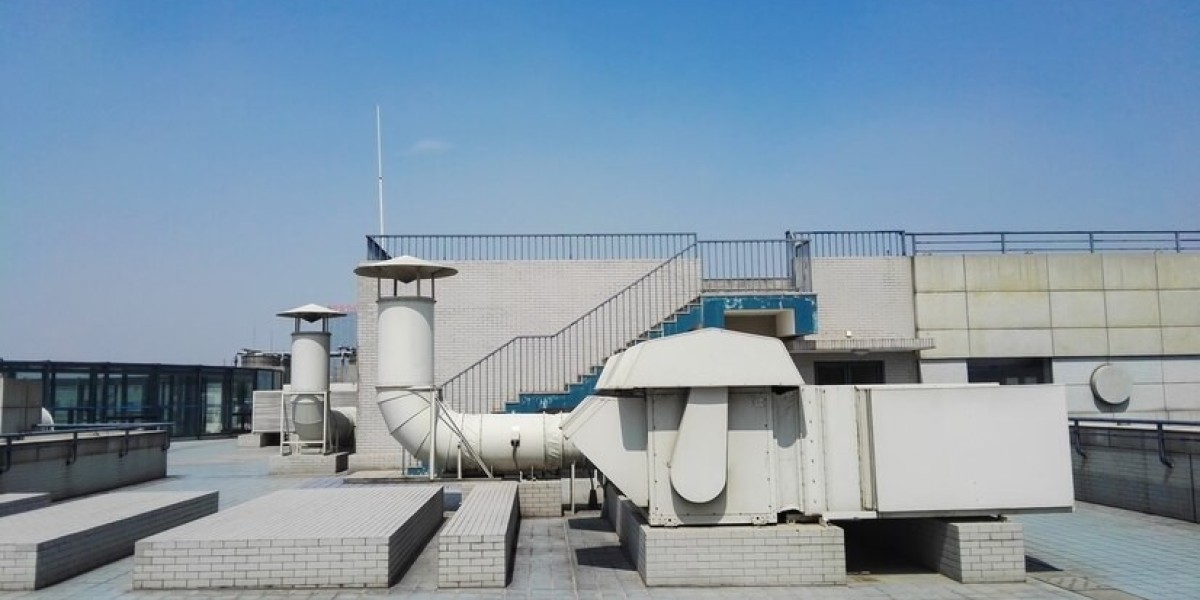Clean indoor air is essential for maintaining a healthy and comfortable environment in homes, offices, and industrial spaces. Poor air quality can lead to respiratory problems, allergies, and reduced productivity. To address these concerns, abatement technology and HVAC filtration systems play a vital role in removing pollutants, allergens, and harmful particles from the air. By integrating these solutions, businesses and homeowners can significantly improve indoor air quality and create a safer living and working environment.
What is Abatement Technology?
Abatement technology refers to the methods and systems used to control and reduce pollutants in the air. It is widely used in industries such as manufacturing, healthcare, and construction to eliminate airborne toxins, volatile organic compounds (VOCs), and other harmful substances. This technology is essential for ensuring compliance with environmental regulations and protecting public health.
Some common abatement technology solutions include:
Electrostatic Precipitators – These devices use electrical charges to capture fine dust, smoke, and other particles from the air.
Scrubbers – These systems use liquid or chemical solutions to neutralize and remove airborne pollutants.
Activated Carbon Filters – They absorb gases, odors, and VOCs to improve air quality.
Ultraviolet (UV) Light Purification – UV light kills bacteria, viruses, and mold spores, preventing airborne diseases.
Catalytic Oxidation – This method uses a catalyst to break down toxic gases into harmless byproducts.
By using abatement technology, businesses and homeowners can reduce the presence of harmful pollutants and create a cleaner indoor environment.
The Role of HVAC Filtration Systems
HVAC filtration systems are designed to filter out airborne contaminants before they circulate through indoor spaces. These filters improve air quality by trapping dust, pollen, pet dander, mold spores, and other pollutants. Selecting the right HVAC filtration system is crucial for maintaining a healthy indoor atmosphere.
Types of HVAC filtration systems include:
Fiberglass Filters – Inexpensive and disposable, they capture large dust particles but are less effective for fine pollutants.
Pleated Filters – Made from polyester or cotton, they provide better filtration by trapping more particles.
HEPA (High-Efficiency Particulate Air) Filters – These filters remove 99.97% of particles as small as 0.3 microns, making them ideal for medical and industrial use.
Electrostatic Filters – These use static electricity to attract and trap airborne contaminants effectively.
Activated Carbon Filters – Designed to remove odors, smoke, and chemical pollutants from indoor air.
Proper maintenance of HVAC filtration systems ensures optimal air quality and extends the lifespan of HVAC units by preventing dust and debris buildup.
Why Combining Abatement Technology and HVAC Filtration Systems is Important
While HVAC filtration systems focus on trapping dust, allergens, and common airborne particles, abatement technology targets more complex pollutants such as chemical emissions, VOCs, and microbial contaminants. By combining both systems, businesses and homeowners can maximize air purification and ensure a healthier indoor environment.
For example, hospitals often use HEPA filters along with UV-based abatement technology to create sterile conditions. Industrial facilities integrate scrubbers with high-efficiency HVAC filters to minimize toxic emissions and maintain regulatory compliance.
Conclusion
Investing in abatement technology and hvac filtration systems is essential for improving air quality, reducing health risks, and ensuring a clean and safe environment. Whether in residential, commercial, or industrial settings, these technologies work together to eliminate pollutants and enhance overall air purity. By integrating both solutions, individuals and businesses can enjoy healthier indoor spaces while improving HVAC system efficiency and longevity.









